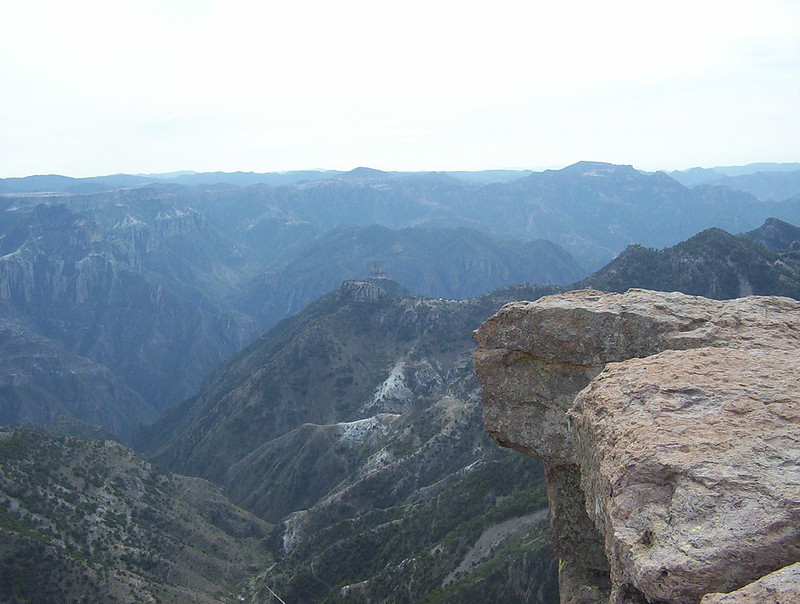Lelo Burti, a traditional Georgian sport dating back to 1700, started as a victory celebration and grew into a national game. Teams compete to carry a heavy ball across opposing streams while entire villages participate. The sport holds deep cultural value in Georgia, demonstrating how athletic traditions help maintain community bonds and local identity.
Historical Overview of Lelo Burti
Lelo Burti started around 1700 in Georgia when Gurian fighters beat an Ottoman battalion. The victory matches turned into a regular folk sport.
The game spread across Georgian towns, building local competitions. In the 1920s, Soviet officials added formal rules to standardize play. Rugby’s arrival in Georgia in the 1960s pushed Lelo Burti to the sidelines, making it just a yearly event.
The sport appears in Shota Rustaveli’s 1189 poem “The Knight in the Panther’s Skin,” showing its deep roots in Georgian culture. Now, Lelo Burti happens once a year in Guria, where the villages of Upper and Lower Shukhuti face off while thousands watch this centuries-old tradition.
Heritage Varieties
Two main types of Lelo Burti emerged in Georgian history: traditional village matches across natural landscapes and a structured version in settled areas.
The traditional game involved neighboring villages, with teams made up of all able men. The field covered several kilometers of hills, valleys, woods, and streams. Players moved the ball by hand and foot, while some competed on horseback to cover ground faster.
Natural landmarks like rivers or mountain bases marked the boundaries and goal lines. Villages competed until one team crossed these lines with the ball. By 1800, many communities viewed winning as a sign of future farming success, linking the game to their harvest outcomes.
Traditional lelo burti, first documented in 1892, follows set rules despite its chaotic appearance. The game pits two teams from Zemo (upper) and Kvemo (lower) Shukhuti against each other, with no limit on player numbers.
The match ball weighs 16 kilograms, contains sand and dirt, is soaked in wine, and sewn shut. Players compete across a 500-meter field between two streams, including all terrain in between. The objective is to carry the ball across the opposing team’s stream.
Modern Standardization of Lelo Burti
The Soviet era (1921-1991) transformed Lelo Burti from a village game into a regulated sport. The modern field measures 90-135 meters long and 60-90 meters wide, with fifteen players per team.
Standard rules include:
- A leather ball (85-90 cm, 2.5 kg) filled with grass, horsehair, or sheep’s wool
- Two thirty-minute halves with a ten-minute break
- Five-second limit for ball possession
Players cannot block opponents without the ball, push, trip, or jump on others. Forward passes are allowed, unlike in rugby. Knocking the ball from opponents’ hands is permitted under controlled contact. The game ends when a team places the ball in the goal mouth (mak).
Fascinating Insights
Lelo Burti, a 300-year-old Georgian sport, gained UNESCO Intangible Cultural Heritage status in 2019. The village of Shukhuti hosts this Orthodox Easter Sunday tradition, where residents split into Zemo (Upper) and Kvemo (Lower) teams.
Players compete with a distinctive 16 kg ball made of black leather, filled with sand, soil, and sawdust. Each year’s new ball receives a blessing at St. George Church and bears “Lelo” with the current date. The event features local markets, sports demonstrations, music, and ethnographic displays.
The winning team upholds tradition by placing the ball on a grave, honoring past community members – a practice linked to beliefs about harvest prosperity. This combination of athletic competition and heritage reflects Georgia’s enduring customs.

